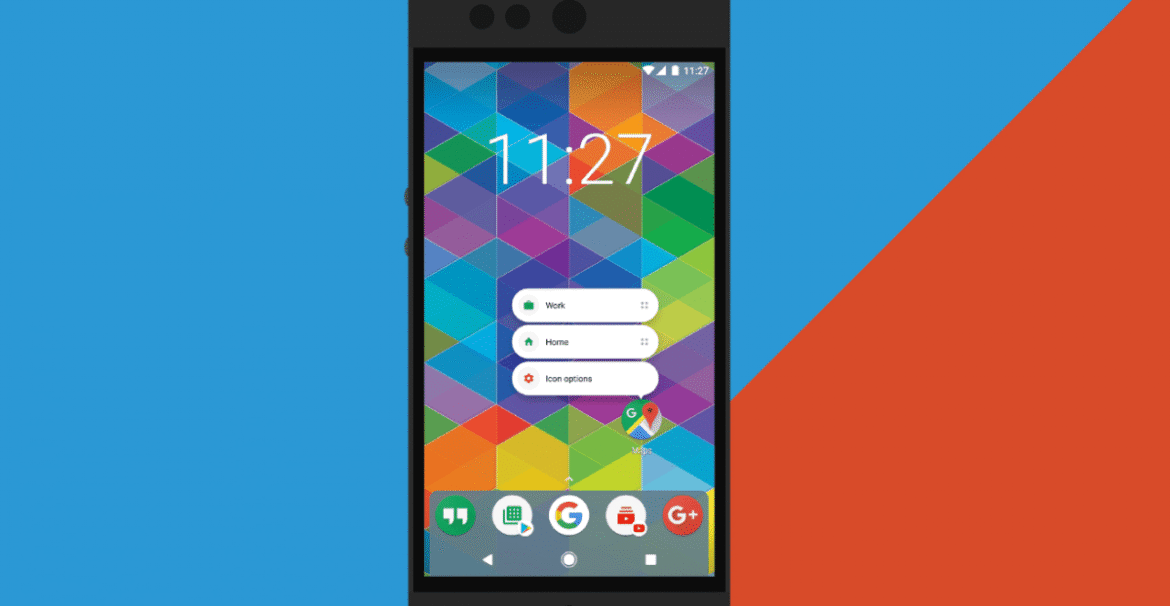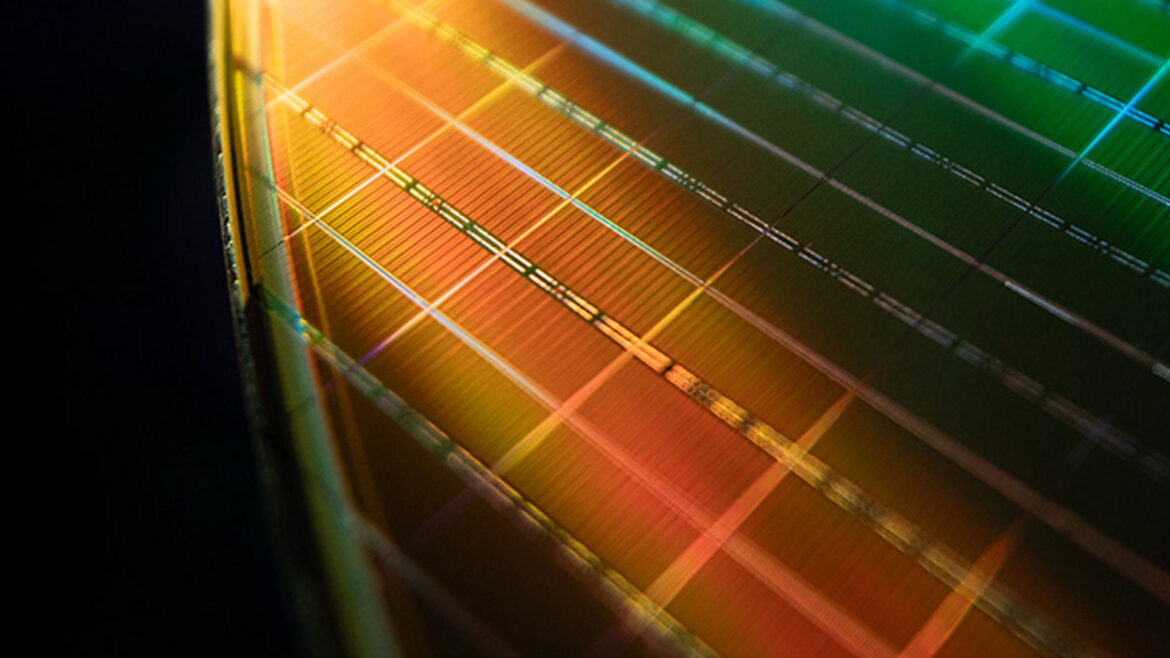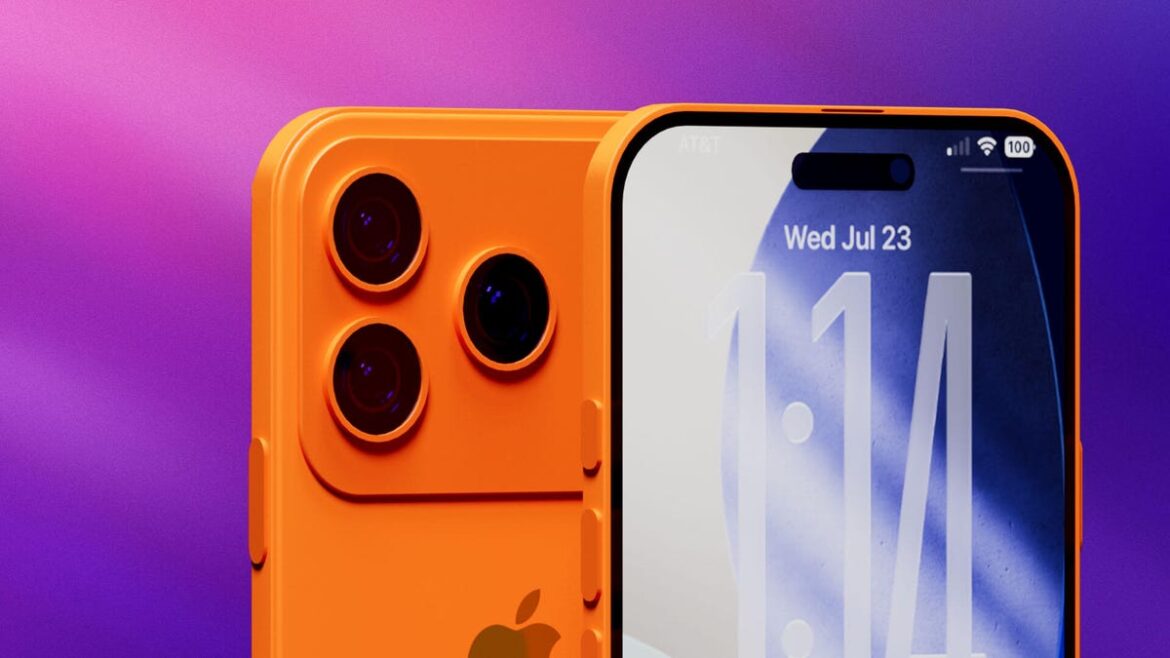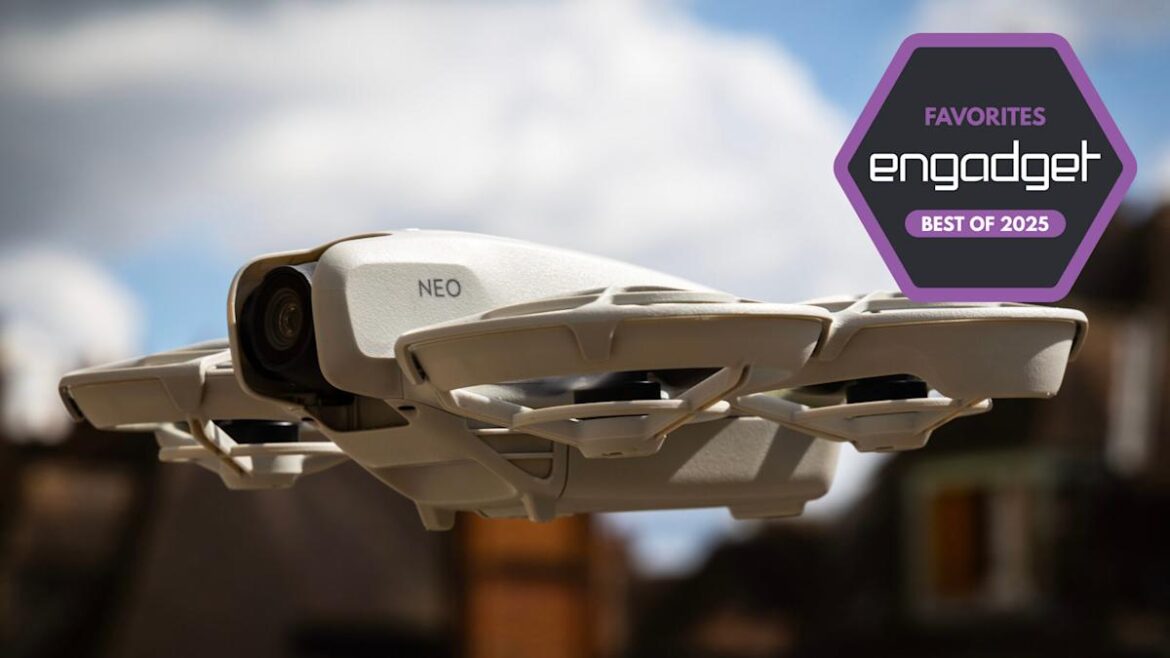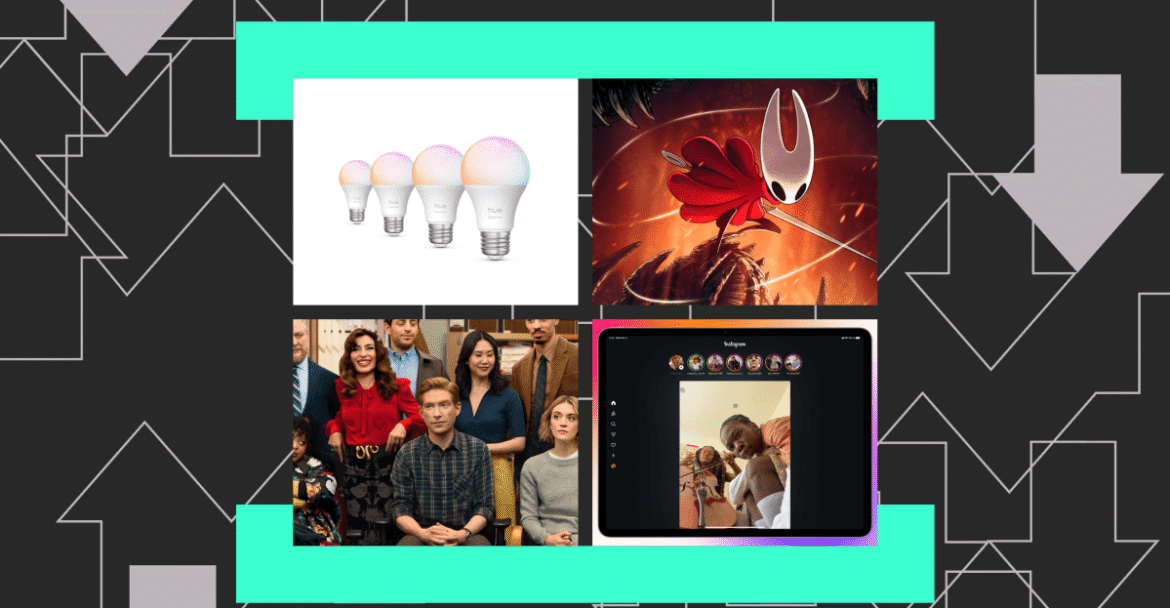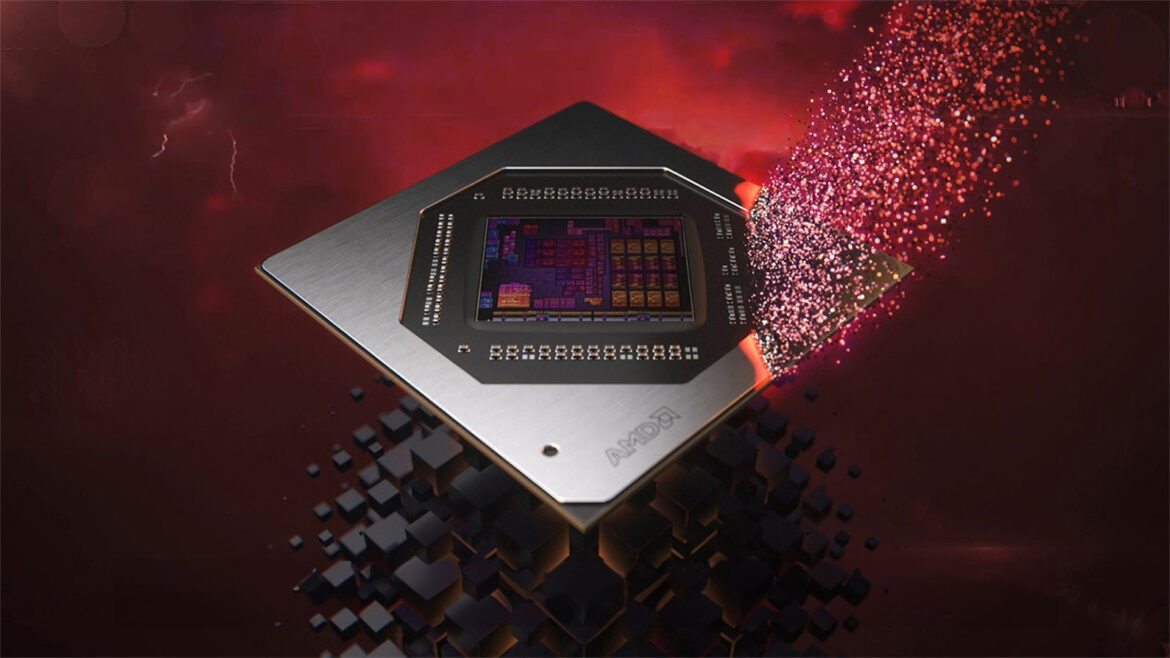After nearly everyone working on the Nova Launcher, one of the most recognizable names in Android launchers, was laid off last year, founder Kevin Barry, Nova’s sole remaining developer, said this weekend that he has left Nova’s parent company after being asked to stop working on the launcher and an effort to open-source it. Nova Launcher’s website currently shows a 404 error, though the launcher is still available on Google Play.
Mobile analytics company Branch Metrics acquired Nova in 2022. The company’s CEO at the time, co-founder Alex Austin, said on Reddit that if Barry were to leave Branch, “it’s contracted that the code will be open-sourced and put in the hands of the community.” Austin left Branch in 2023, and now with Barry officially gone from the company, too, it’s unclear if the launcher will now actually be open-sourced.
Barry declined to comment to The Verge. We’ve reached out to Branch for comment.
“I think the newer leadership since Alex Austin left has put a different focus on the company and Nova simply isn’t part of that focus in any way at all,” Cliff Wade, Nova’s former customer relations lead who left as part of the 2024 layoffs, tells The Verge. “It’s just some app that they own but no longer feel they need or want.”
Wade also said that “I don’t believe Branch will do the right thing any time soon with regards to open-sourcing Nova. I think they simply just don’t care and don’t want to invest time, unless of course, they get enough pressure from the community and individuals who care.” Users have started a change.org petition to ask for the project to be open-sourced, and Wade says it’s a “great start” to apply that pressure. Wade said he hasn’t personally seen Barry’s contract, so couldn’t corroborate the claim of a contractual obligation to open-source Nova.
Still, he said that the community “deserves” for the launcher to be open-sourced. “Branch just simply needs to do the right thing here and honor what they as a company have stated as well as what then CEO Alex Austin has stated numerous times prior to him leaving Branch.”
Additional reporting by Dominic Preston.

